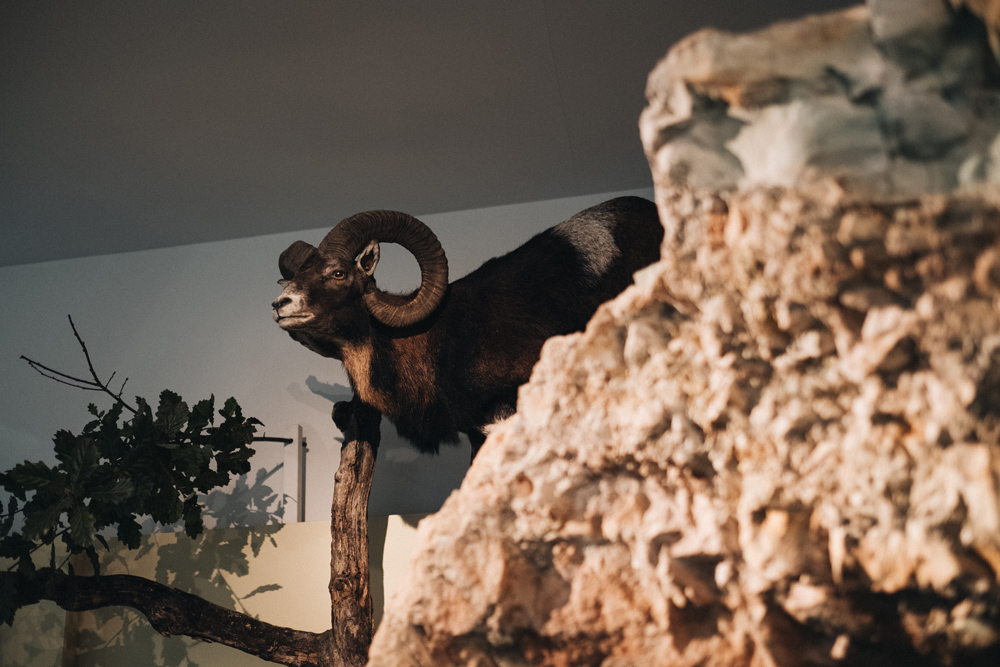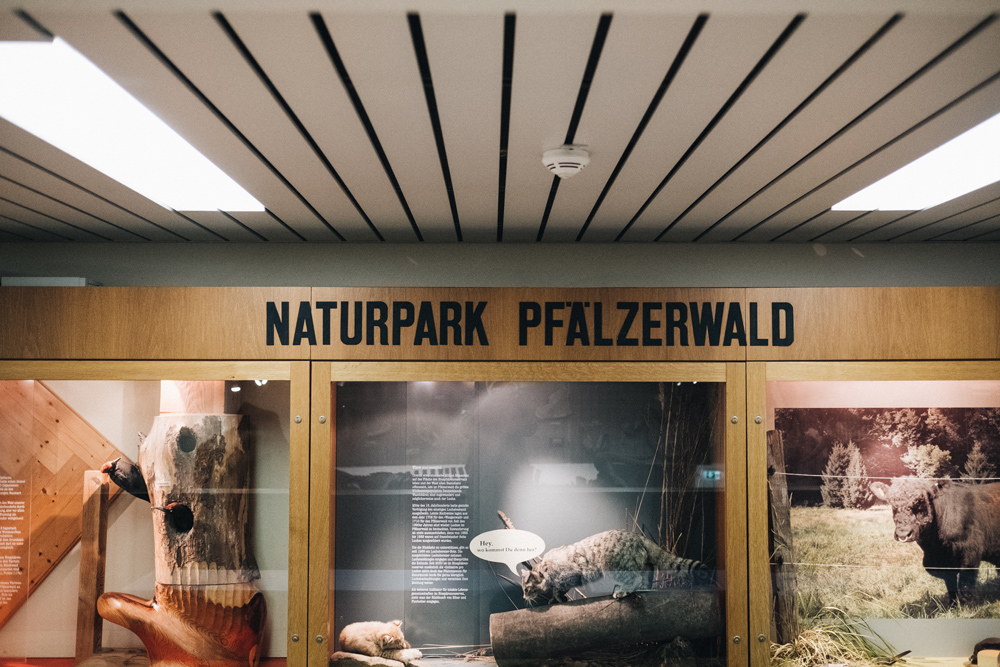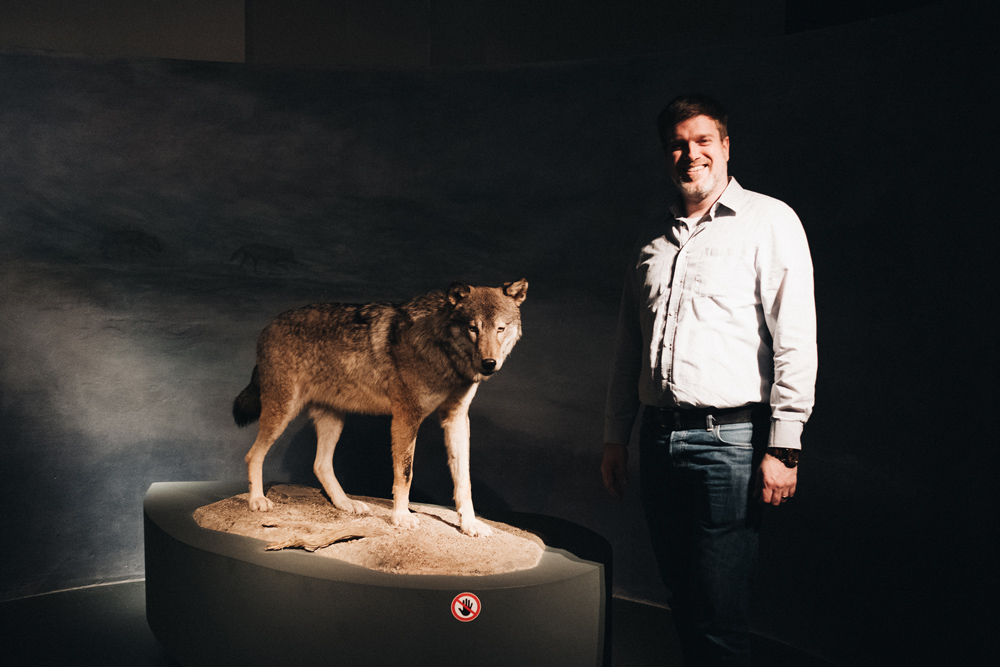The Palatinate is quite unique. Where else would passionate nature lovers as early as 1840 put their extensive animal, plant and mineral collections together and found a society for nature conservation? Today, the POLLICHIA-Verein für Naturforschung und Landespflege e.V. society has some 2,400 members and the exhibits from that time form the core of today’s modern Natural History Museum of the Palatinate.
The sandstone quarry towers majestically above the Palatinate village of Grethen, which is a part of Bad Dürkheim. Below the Kaiser-Wilhelm-Höhe hill and on the shore of the Herzogweiher pond is the building of the former Herzogmühle (duke’s mill). Today, it hosts the Museum of the Palatinate, showcasing the local natural history. It is long ago that the little Isenach river propelled the water wheels here, but heavy millstones along the side of the path bear witness to the building’s eventful history.
The coffee machine in the foyer flashes. In the next room is the museum’s bright seminar room, replacing the museum restaurant that used to be here until 12 years ago. Dr. Frank Wieland gazes through the window to the pond and starts to tell the story: “The building has gone through some transformations. It was used as a restaurant and as a housekeeping college for girls amongst others. It was not until 1981 that our museum moved into the building.”

Dr. Frank Wieland, director of the Natural History Museum of the Palatinate—The Pollichia Museum in Bad Dürkheim.
Frank holds a PhD in entomology and has lived in the Palatinate since 2013. He took the post of head of the zoological department when he first came to the museum. The transition was a bit of a culture shock for the young scientist from the north. “I come from a rural area too, but Palatinate locals have quite a different mentality from locals in the district of Oldenburg, let alone the dialect that took me quite some time to understand. However, the proverbial hospitality in the Palatinate makes it easier—and it helpsif you are ready to go for a Palatinate wine instead of dry pilsner.”
The Palatinate region attracts visitors not only for its fine wine and hospitality, but also for its mild weather throughout the year. In fact so pleasantly mild is the climate that a female animal that you usually find in the Mediterranean region is native to the Palatinate—the praying mantis, that most interesting insect known to consume its mate after the act of love. “I really enjoyed that I can observe the objects that I had studied for years right on the doorstep now,” Frank explains. “And then after I had worked here for only two years, our director, Dr. Flößer, retired. I applied for the vacant position, as many others did—and to my great joy I was chosen for the post.”





















